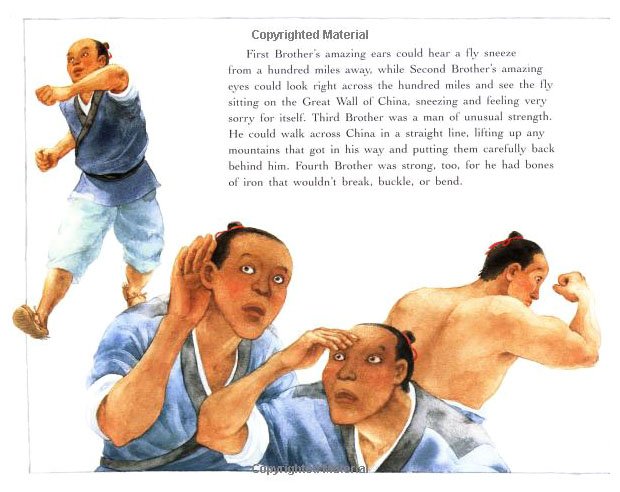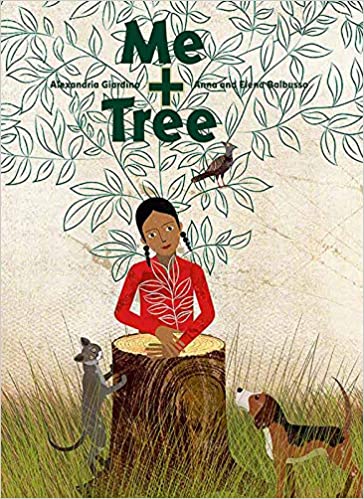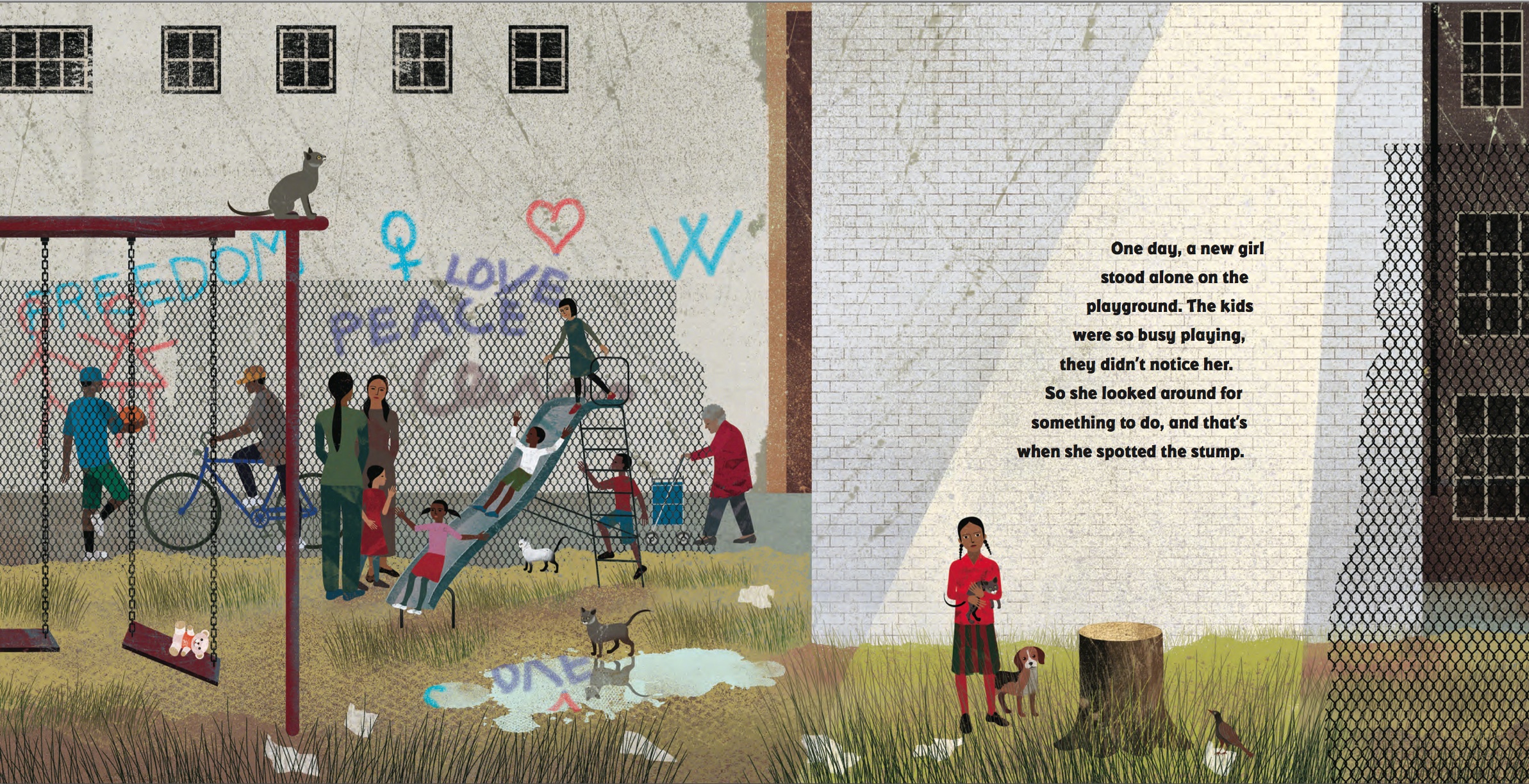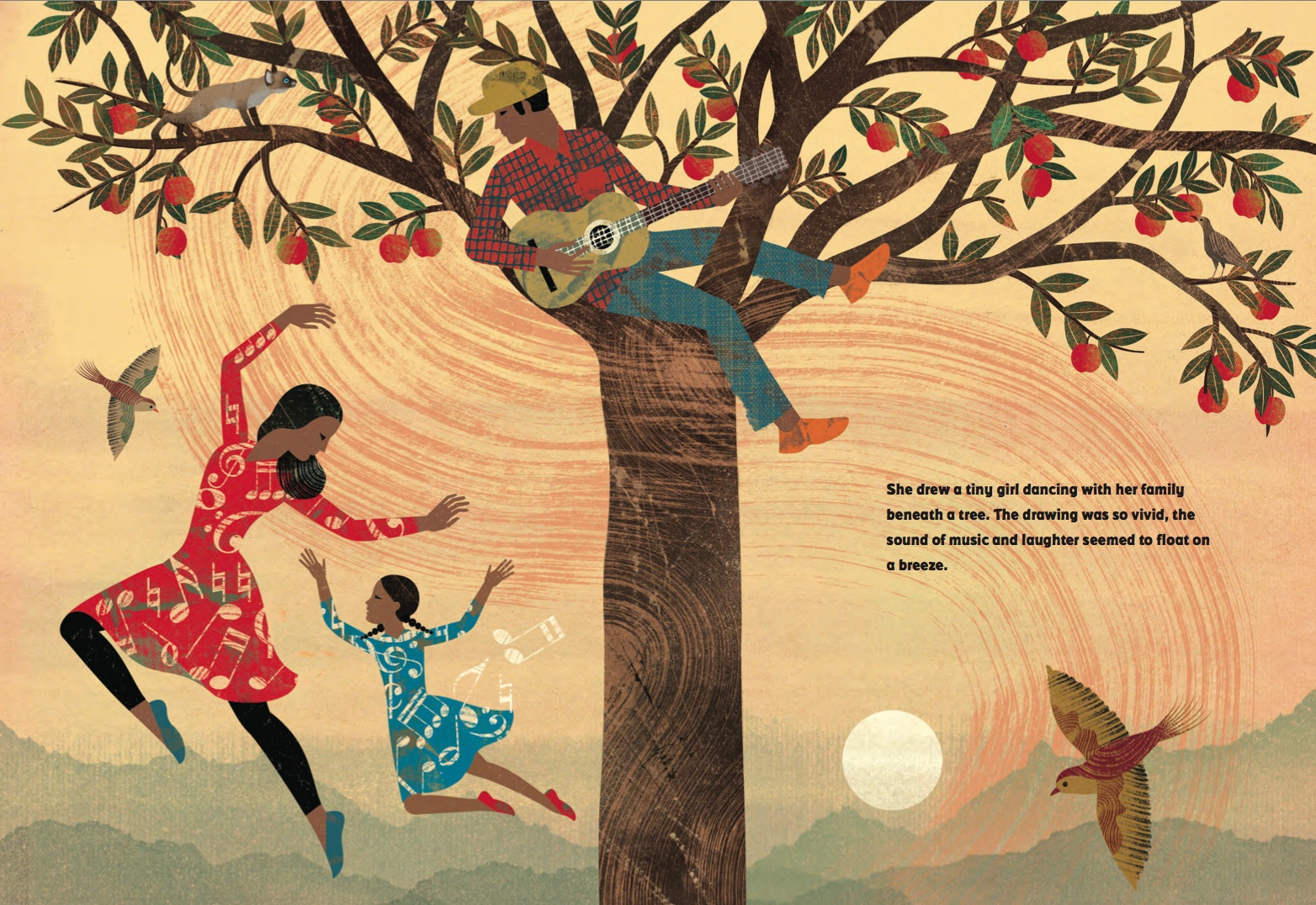–
We recently witnessed the kerfuffle regarding Dr. Seuss Enterprises’ decision to no longer publish six titles that it deemed offensive. It brought to mind an experience I had back in the late 1980s when I worked at Scholastic. So I reached out to my old friend, Phoebe Yeh, to ask her about it. Like me, Phoebe was young at the time, an editorial assistant for our beloved friend, Craig Walker. These days Phoebe is kind of a big deal, a widely respected VP/Publisher of Books for Young Readers at Crown, an imprint of Random House Children’s Books.
Honestly, I’m just grateful she answered my email.
“Jimmy? Jimmy who?”
Phoebe, thanks for taking some time out for this topic. I know that it’s close to your heart. We met in 1986, back when I was a junior copywriter at Scholastic and you were hired as Craig Walker’s editorial assistant. We were both earning salaries in the (barely) five figures. I remember talking with you about the 1938 book, The Five Chinese Brothers by Claire Huchet Bishop. It was your mission in life, it seemed, to produce a new, authentic retelling of that ancient Chinese folktale. You were deeply offended by Kurt Weise’s illustrations. Can you remember what your feelings were at the time?
Yes, indeed. And even though more thirty years have passed, my opinion about The Five Chinese Brothers hasn’t changed. Full disclosure: I grew up reading this book. As a child, I took the illustrations for granted, the slanty eyes, the yellow skin tone.
–
–
Fast forward. I’m basically in my first real job after college. I think I must have had a lot of nerve. I marched myself into my boss’ office even though I knew I was going to complain about a book that sold like crazy for See Saw Book Club (kindergarten/first grade readers).
I shared my reservations with Craig Walker — also sharing that it wasn’t like the author, Claire Bishop, had even come up with the premise. I had read Chinese versions of the story about the brothers with the super powers but Bishop had added whipped cream or some such to her version. And everyone knows, many Chinese people are lactose intolerant so adding this detail made no sense.
–
Craig was incredibly supportive and felt that we should bring up the idea of publishing a new version with our editor-in-chief, Jean Feiwel. The Seven Chinese Brothers by Margaret Mahy, illustrated by Jean and Mou-sien Tseng, became my first acquisition as an editorial assistant (still virtually unheard of -– usually you don’t start acquiring until you are, at least, an assistant editor). And prideful though it sounds, this version is still in print.
What was challenging for me was that I LOVED that book as a kid. It was such a great story. One brother drinking the whole ocean! Another brother with the unbreakable iron neck! I read it over and over again. And I wasn’t the least bit offended by any of it! So talking to you, on one level, I could intellectually understand where you were coming from . . . but I didn’t feel you, if you know what I mean. It was a long time ago, I had a lot to learn (still do!), and I wondered at first if perhaps you might be over-reacting. What was I missing?
–
–
Jimmy, you weren’t missing anything. How would you know? How could you know? I didn’t know either, when I was reading the book as a kid. But by the time I was at my first job, I had read Maxine Hong Kingston and Zora Neale Hurston, other women writers who weren’t “taught” in high school, poetry and novels about the European exploitation in African and Caribbean nations. I subscribed to a weekly newspaper, Asian Week that enumerated crimes and other discriminatory incidents against Asian Americans. My second encounter with The Five Chinese Brothers was informed by this context.
I knew that there was a way to retain the humor, the absurdity without ridicule. And since I don’t have slanty eyes, there should be a way to show the brothers more authentically. To be fair, an educator colleague who was raised in Taiwan, doesn’t have the same issue with The Five Chinese Brothers. But she also recognizes that Chinese Americans have a problematic history: we are the only immigrant group who had not one but two exclusion acts forbidding entry; the trauma of building the Transcontinental Railroad, etc etc so in the mid 80’s, I was interpreting the Bishop book from a vastly different lens.
I’m curious. Do you think your version of Seven Brothers could be criticized by today’s standards for going with a white author from New Zealand? In today’s world, would you have worked harder to find an “authentic” retelling by a Chinese American author?
We signed up Margaret Mahy, a non-Chinese American author after a fruitless search to find a Chinese American who was interested in writing a children’s book. I tried everyone — Maxine, Bette Bao Lord, Nien Cheng, etc and I think this was before Amy Tan. I didn’t approach Larry Yep because I erroneously thought he only wrote MG. So I found an author who could do justice to the humor. To her credit, Mahy was worried about authenticity/sensitivity but I knew I could walk her thru it because of my background. I didn’t speak a word of English until I was 3. I took Chinese (language) classes in college and lived in Taiwan for a year after college. And I felt confident that I had context and resources if questions arose. So besides being a gifted writer, Mahy knew what she didn’t know, a key, I believe, to writing about a protagonist who isn’t from your background. The illustrators had enormous context and experience. This also made me feel that we could do justice to this new version.
I remember your great pride and deep satisfaction when you signed up a new, updated retelling. That was a book you fought for. And I can still see the pleasure on your face on the day when the Tsengs’ art came into the office. As a Chinese American, can you express what it meant to you then — and what it means to you today — to make that kind of difference in a children’s book?
I was thrilled (and relieved) when The Seven Chinese Brothers received critical attention. And that it sold, proving my point that a new version would resonate. I loved seeing it in bookstores. But even better, finding it in libraries and school classrooms.
Fast forward to a midpoint in my publishing career, when I signed up Ellen Oh to write her first children’s book, Prophecy (Ellen later became a co-founder of WE NEED DIVERSE BOOKS). But guess what book was the first time she saw Asian characters: The Seven Chinese Brothers.
–
Recently I had a similar moment with another Asian American who was creating children’s books for MOMA. Unlike Ellen, who grew up in Brooklyn, this gentleman was raised in New England. He told me the same thing. Until The Seven Chinese Brothers, he hadn’t seen a children’s book with Asians depicted without mockery. Who knew that one book could have this kind of impact?
–
–
Things are so much better now but in the mid-80’s when I started in children’s publishing, there was a dearth. I’m profoundly grateful to Craig and Jean for giving me a chance, one that has pretty much informed the rest of my children’s book career.
Thanks for sharing your thoughts, Phoebe — and for the meaningful, important work you continue to do. Proud of you!
 FUN FACT: The food at Phoebe’s wedding, somewhere in Chinatown, was amazing. On long winter nights, I still think about that meal thirty years later. But also: Jigsaw Jones has a best friend and a partner named Mila Yeh. So, yeah, that’s where I borrowed that name. A direct lift from Phoebe — because I was seeking something that evoked for me the qualities of tough, smart, loyal, fierce, kind.
FUN FACT: The food at Phoebe’s wedding, somewhere in Chinatown, was amazing. On long winter nights, I still think about that meal thirty years later. But also: Jigsaw Jones has a best friend and a partner named Mila Yeh. So, yeah, that’s where I borrowed that name. A direct lift from Phoebe — because I was seeking something that evoked for me the qualities of tough, smart, loyal, fierce, kind.
–
–





















